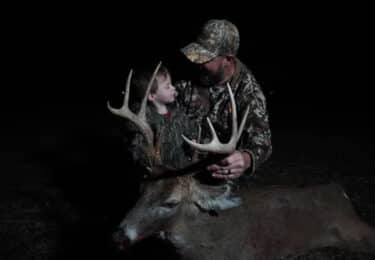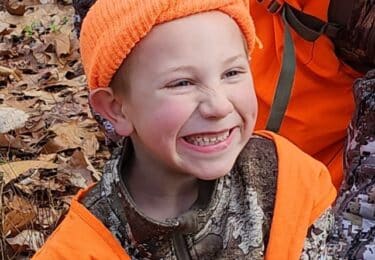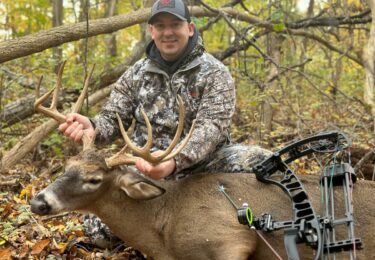What is Timber Stand Improvement?
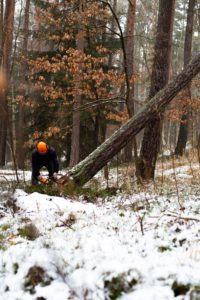
Timber Stand Improvement or “TSI” consists of practices designed to produce more and better quality wood products by improving the quality and species of the stand and by increasing the rate of growth of the residual or crop trees in the stand. Only that vegetation competing with crop trees is removed. This is a basic understanding of what TSI is and how it can help you as a landowner improve your land for better timber and wildlife habitat. Also knowing the tree species and the wildlife that is affected by TSI is very important before performing any type of forestry practices. Now that you know the definition of TSI it is time to dive into how TSI benefits your wildlife. For example if your property consists of a lot of undesirable trees such as red maple, black birch, aspen, and black gum you can clear cut the stand of timber to provide browse, thermal cover, and a bedding area that wasn’t there before. This will attract other game and nongame species for your hunting and non-hunting enjoyment. Also in the TSI tool bag is hinge cutting and that can be used also to provide bedding cover for deer, around food plots for edge feathering, and also as a means to move deer to go in a direction that you want them to go. You want to place hinge cuts in places to allow deer to browse and feel safe around tree stands and travel ways going to a food source or other stand location. Hinge cutting can be a great tool for making a physical barrier on your path to your favorite tree stand so deer don’t see you entering or exiting your stand. This is how TSI can make you a better land manager and hunter.
What Timber Species to Manage for?
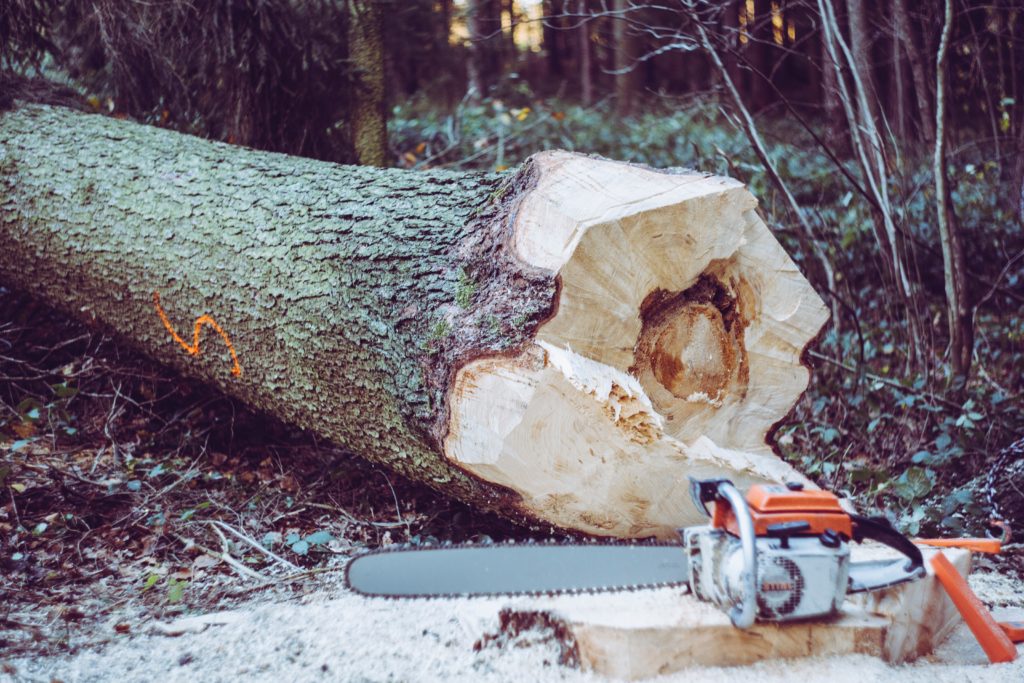
When managing a forest most people manage for timber or wildlife, but you can do both. That’s where Timber Stand Improvement comes in. Most foresters or myself with my wildlife consulting business known as Jacks Mountain Wildlife Solutions LLC. Would look at a few key timber species to manage for. Those species would consist of White Oak (Quercus alba), Red Oak (Quercus rubra), Chestnut Oak (Quercus prinus), Black Oak (Quercus velutina), Black Cherry (Prunus serotina), Quaking Aspen (Populus tremuloides), and Big Tooth Aspen (Populus grandidentata). All these species of timber are great species for wildlife and the timber market. Most of these species can be managed by doing a prescribed fire this is because a clear cut will eliminate the undesirable timber species and allow the oaks to stand as seed trees. Over time the oaks will drop seed and allow for more oak regeneration. Prescribed fire is then used to kill any unwanted saplings that are in the oak stand. The oak will regenerate from the fire and other species will be killed and allow for a pure oak stand. The Black Cherry on the other hand will perform best with a select cut and left to seed out for a few years and then cut to allow the young cherry trees to grow for wildlife and timber. The same process can be done for all the oak species. Aspen is a great wildlife species of tree due to the fast regrowth after a clear cut. Aspen responds very well to clear cuts and is great for whitetail deer, grouse, woodcock, rabbits, and other small mammals that prefer early successional habitat. Early successional habitat is habitat with vigorously growing grasses, forbes, shrubs and trees, which provide excellent food and cover for wildlife but need disturbance to be maintained. Examples of early successional habitats include weedy areas, grasslands, old fields or pastures, shrub thickets, and young forest.
Invasive Species to watch out for!!!
There is one big part of Timber Stand Improvement that people miss and that’s invasive species. The invasive species that need to be controlled in any Timber Stand Improvement practices are Japanese Honeysuckle (Lonicera japonica), Autumn Olive (Elaeagnus umbellata), Barberry (Berberis Spp.), and Tree of Heaven (Ailanthus altissima). These invasive species will try to outcompete all of the species that are managed for wildlife and timber. All of these invasive species can be managed by herbicide and mechanical removal. The herbicides that will control and kill these invasive species consist of Glyphosate, Garlon, and Triclopyr. Glyphosate can be applied to the leaves, stems, and bark of tree of heaven, barberry, multiflora rose, and bush honeysuckle. Garlon and Tordon can be used on the harder invasive species to kill and that would be autumn olive and tree of heaven if the tree is larger in size. The herbicide can be applied on the leaves, bark, and the hack and squirt method. Hack and squirt involves putting the herbicide into the cut of the tree from a hatchet. The herbicide travels into the cambium layer and goes into the xylem and phloem of the tree and will kill the roots and stem of the tree. The mechanical method is pulling out the invasive plant by hand or machine. This method can be done with a shovel or heavy equipment if herbicide is not an option.
Hinge Cutting
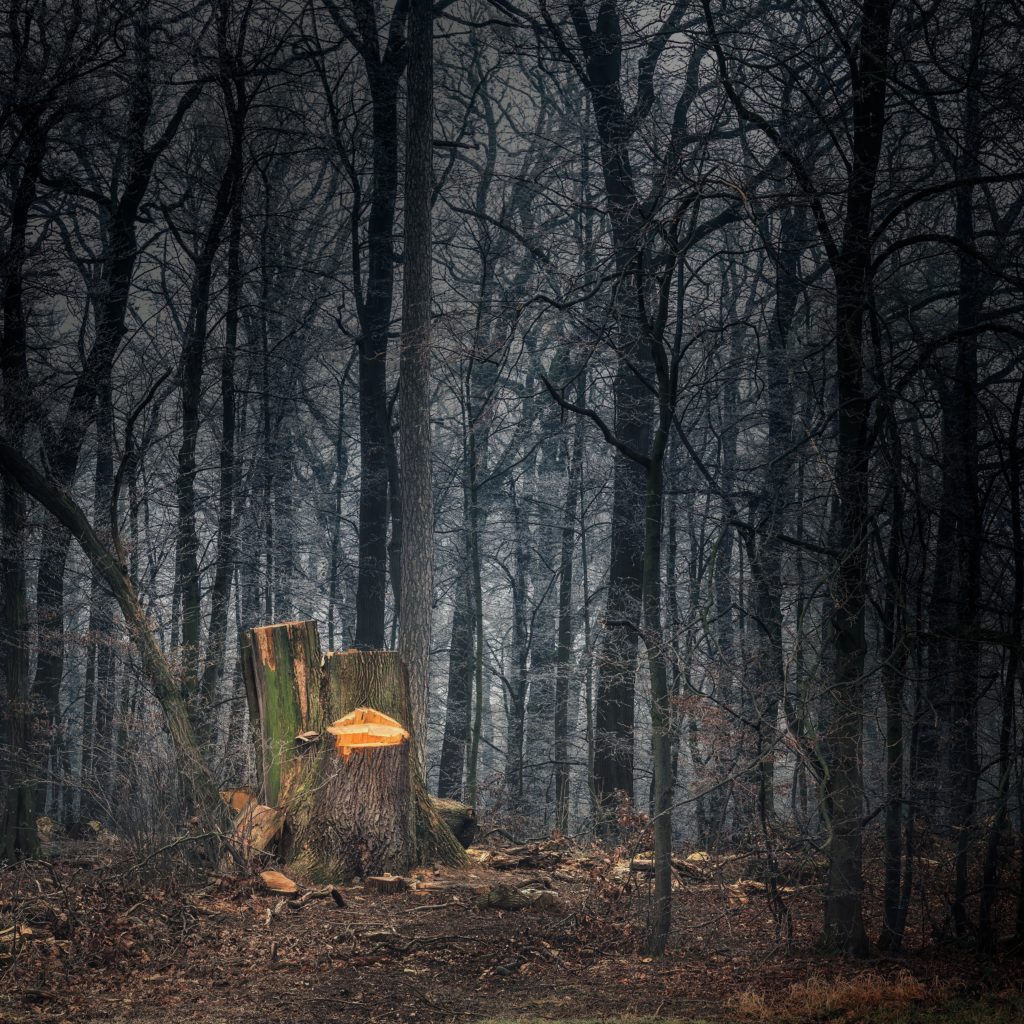
Hinge cutting is also a method of Timber Stand Improvement. Hinge Cutting is taking the tree and cutting into the backside of it 3/4 of the way through and slowly let the tree come down to the forest floor with the tree still connected to the stem. The tree will live for a few years in this state and provide browse and cover for many wildlife species. The species to consider for hinge cutting are Red Maple (Acer rubrum), American elm (Ulmus americana), Black Gum (Nyssa sylvatica), and many other species that are poor timber quality, but are great for cover and browse. When hinge cutting you want to select poor quality timber trees, but that is good for wildlife and that will allow for sunlight to reach the forest floor and promote the quality species of timber. The next time you do Timber Stand Improvement on your property take time to select the best practices for your property to match the goals you have in mind. The best location to apply the hinge cutting method are around food plots for extra browse and security, on trails leading to your favorite tree stand for concealment, and in areas where you want to construct a bedding area that is upwind of a stand location.
If you have any questions for Tyler you can contact him through his Facebook or through his Wildlife Consulting Business
https://www.facebook.com/tyler.heeter.37
https://www.facebook.com/Jacks-Mountain-Wildlife-Solutions-584615761900096/
